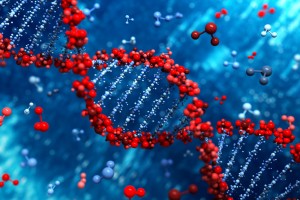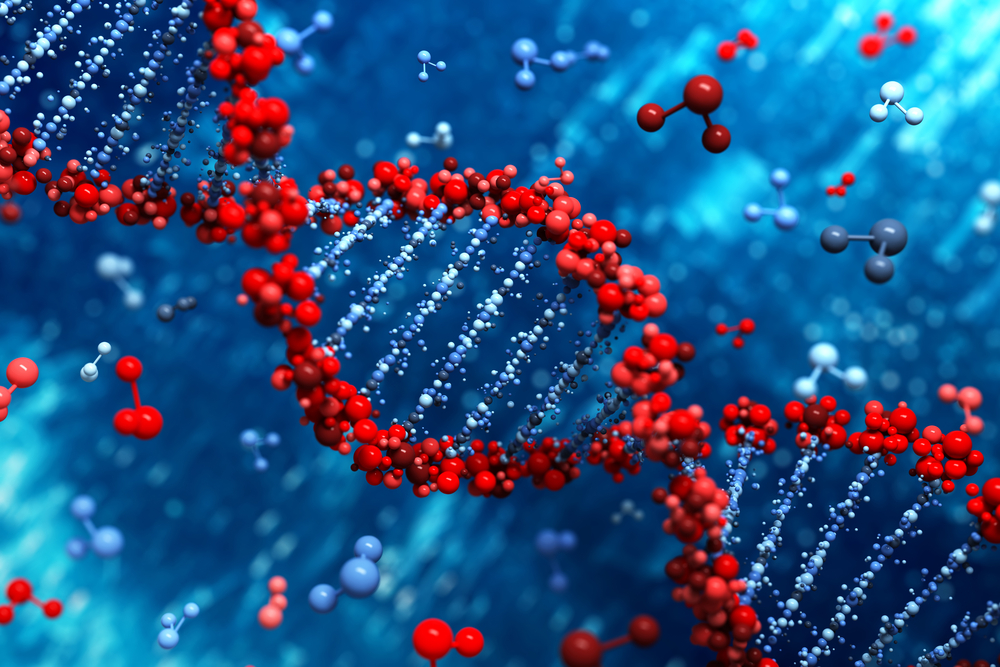 A team of international researchers has identified a method that can detect cell-free tumor DNA in a patient’s bloodstream.
A team of international researchers has identified a method that can detect cell-free tumor DNA in a patient’s bloodstream.
The study, done in collaboration with Vanderbilt University researchers, may improve the way cancer is diagnosed allowing simultaneous predictions of treatment outcomes and monitoring of patient’s responses to therapy.
In the study, published in the journal Clinical Chemistry, the research team analyzed a large array of blood samples using a novel method called liquid biopsy, and showed the capacity of this technique to correctly distinguish between prostate cancer cells and healthy cells. Moreover, this method allowed a three times higher sensitivity when compared to standard prostate-specific antigen (PSA) screening.
“Based on the reported data and work in progress, I believe the ‘liquid biopsy’ will revolutionize cancer diagnostics, not only before a patient begins therapy but also following patient responses to therapy,” study author William Mitchell, M.D., Ph.D., professor of Pathology, Microbiology and Immunology, said in a news release.
The authors gathered serum samples (including PSA levels and tissue biopsy) from more than 200 patients diagnosed with prostate cancer, along with an additional 200 samples from healthy individuals (controls).
The study reports that this novel technique is capable of distinguishing prostate cancer patients from healthy controls with an 84% accuracy. Importantly, it is also capable of accurately distinguish (91%) benign hyperplasia and prostatitis from malignant cancer.
This type of assay can identify cancer-specific DNA from normal DNA, by identifying small fragments present in patient’s blood, called cell-free DNA.
Furthermore, this technique analyzes the complete genome, instead of common gene point mutations. This allows researchers to identify genomic “hotspots”,
non-coding region of the genome that could generate unknown chromosomal control elements in prostate cancer.
“Since cell-free DNA has a relatively short half-life in the circulation, sequencing of cell-free DNA soon after therapy may be used to detect minimal residual disease in solid tumors,” Dr. Mitchell added.

